Affiliate links on Android Authority may earn us a commission. Learn more.
Intel appears to have given up on smartphones, so what went wrong?
Published onMay 2, 2016
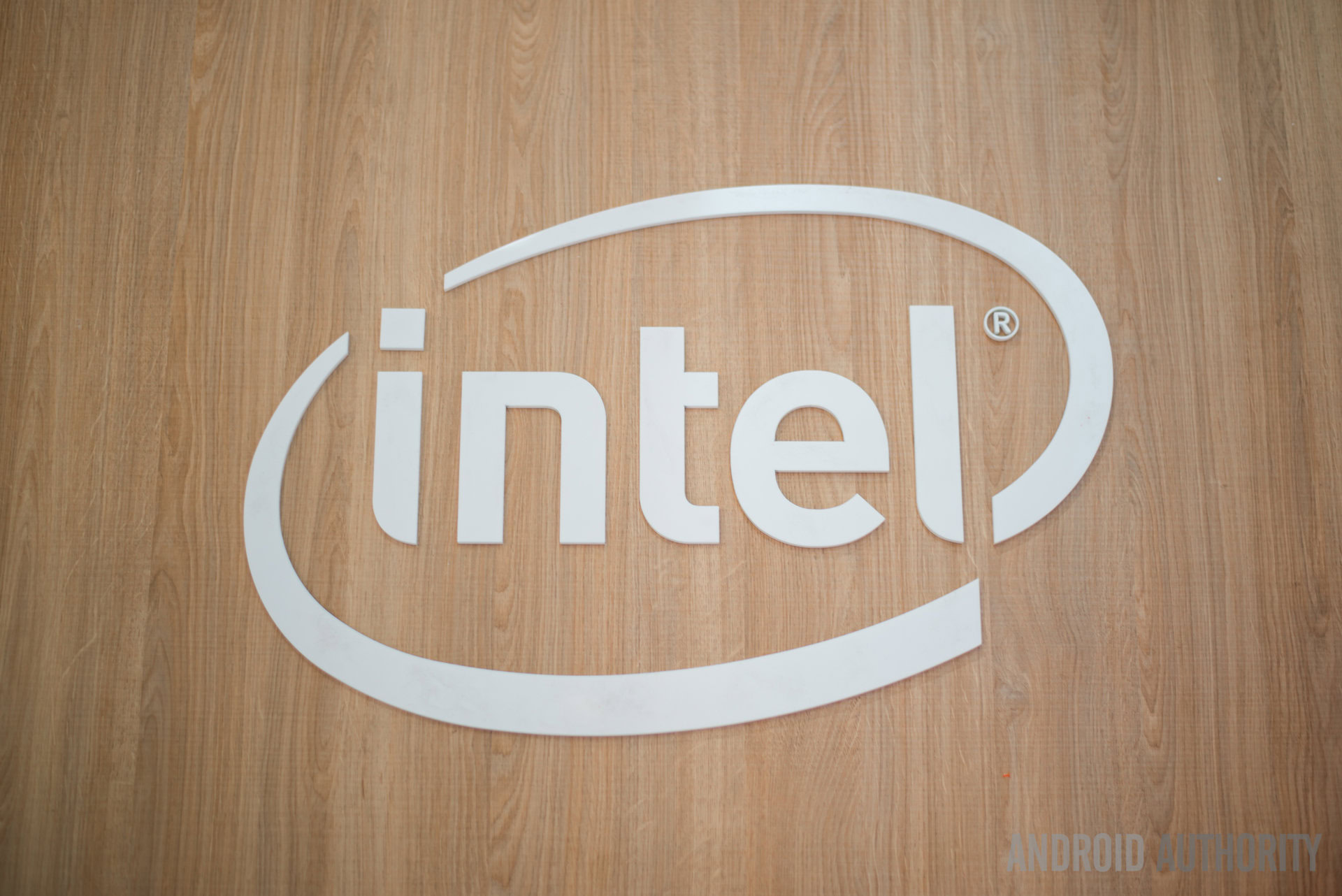
Intel was, and in some regards still is, the biggest name in the personal computer processor industry, but the company has failed to achieve this same level of success in the mobile market over the past decade. The company has seen a few Android products built around its Atom processors and modems, but has not had anything close to the industry wide success seen by some of its mobile competitors.
In the broader picture, Intel isn’t going anywhere. But the company has just announced that it is all but ducking out of the mobile processor market, having cancelled its SoFIA and Broxton platforms. However, the company has some grand plans for future industries and growth avenues. Let’s dive into what went wrong and where Intel is going next.
The cancelled 2016 mobile road map
Intel’s mobile SoC road map stated that the company’s mainstream and high-end Atom x5 and x7 processors would be launching sometime in the second quarter of 2016, to accompany the first batch of Atom x3 SoCs that arrived on the market earlier this year . Both of these were to be built on a 14nm manufacturing process, which would have likely improved battery life and device performance over the existing X3. The X7 would have set the clock up to 2.4GHz and would have came with LTE-A modem support built in. Although as you can see from the press slide below, Intel was focusing more on tablets and laptops rather than a wide range of smartphone types.
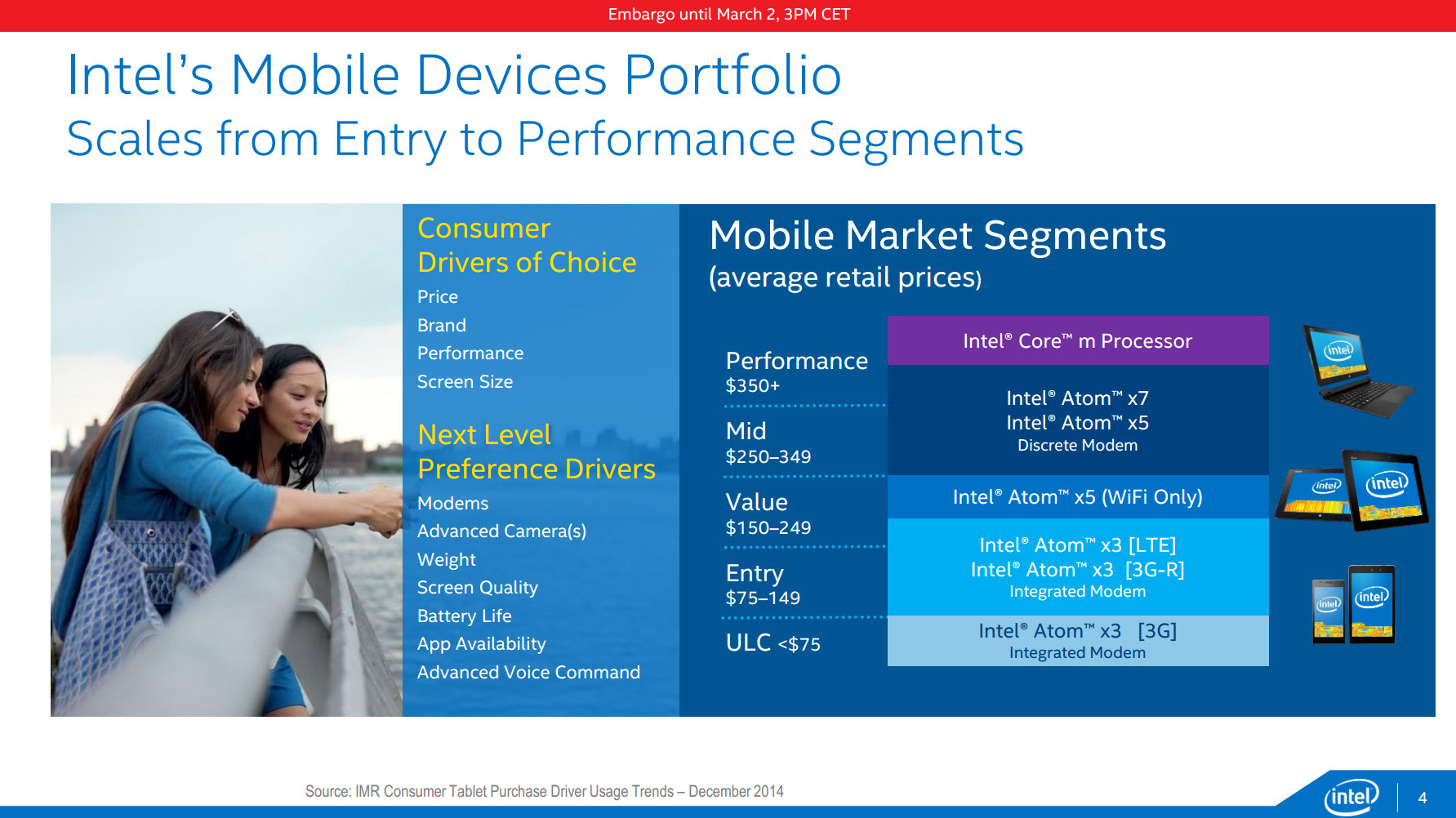
However, Intel has announced that it is scrapping plans for its 14nm Broxton chips for tablets and smartphones, as well as its SoFIA 3GX, LTE and LTE2 platforms for entry level phones. SoFIA was being developed in collaboration with RockChip, so this partnership already looks to be in peril. Based on the comments, it seems that Intel’s Atom X3 range is bearing the brunt of the ax, but the x5 and possibly x7 14nm tablet releases also look to be cancelled. Only the company’s top-end Core m series of mobile processors look to be the ones remaining on track right now.
Speaking of which, the company’s ultra-high end Core m5 and m7 processors still seems to be in the works for the final quarter of the year, which are designed for the high performance tablet and lower end netbook market. The company claims that its latest Core m processors offer 40 percent boosts to graphics and CPU performance and will be targeting at 2-in-1 convertible devices and notebooks rather than regular tablets. Intel Core M processors have already appeared in a new HP Chromebook and the 12-inch Apple MacBook.
Related: Apple 12-inch Macbook 2016 review
The other half of Intel’s latest mobile hardware strategy was modems. The company has been working on an expanding range of XMM 7XXX series modems that offer fast LTE and LTE-Advanced data speeds for its own and other processors. Most rival mobile SoC manufacturers, including the two biggest Qualcomm and MediaTek, incorporate modems directly into their mobile processor packages, so this was key to bringing Intel on par with other industry players.
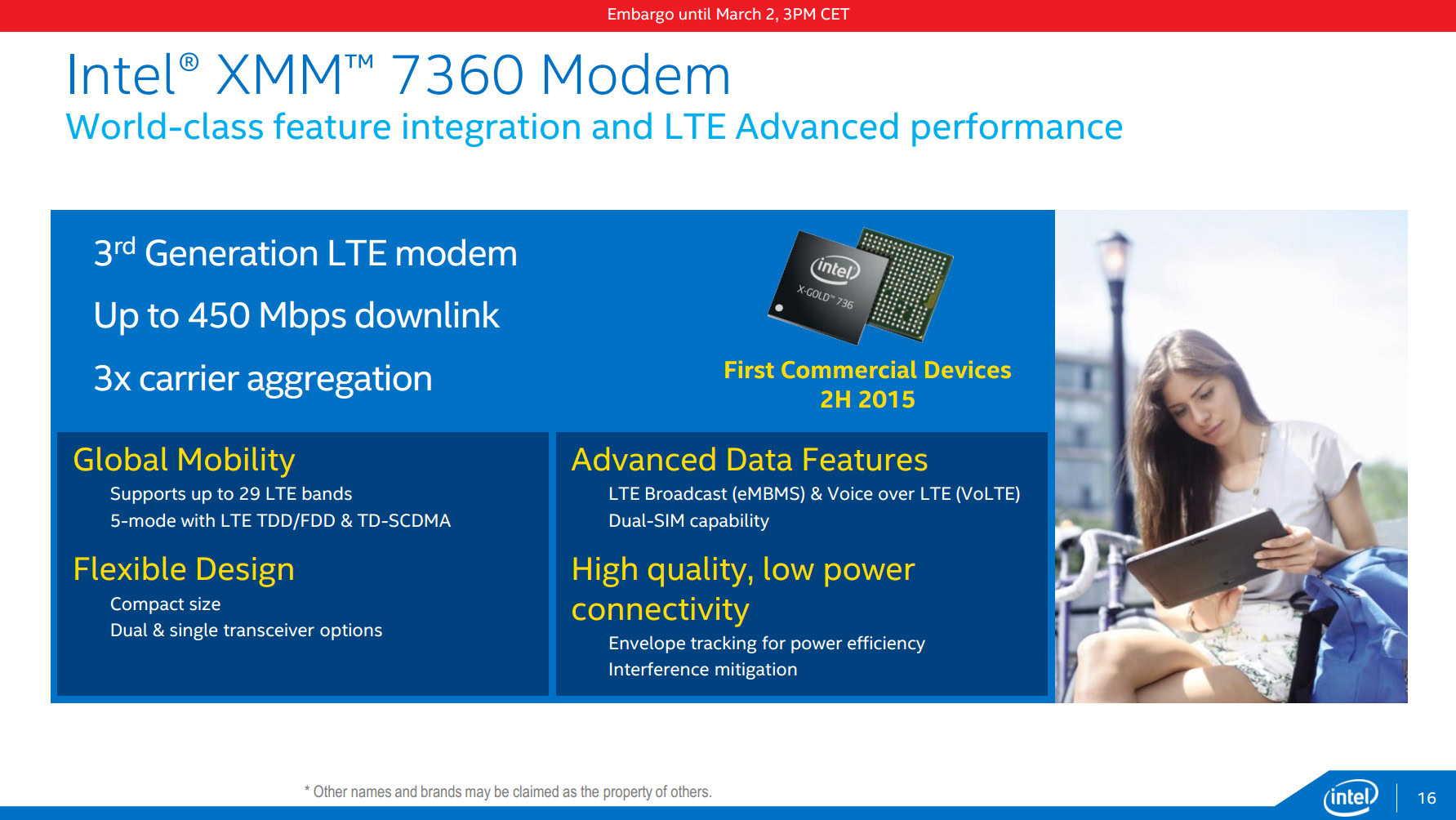
However, the company’s LTE and LTE2 mobile platforms have also be scrapped, so we will have to see what Intel has planned for its modem business going forward.
Despite its plans for mobile processing, Intel has struggled to keep up with its competitors and lately this has begun to take its toll on the company. In the closing weeks of April, Intel announced that it would be laying off 12,000 staff, which accounts for approximately 11 percent of its workforce.
The company is looking to save $1.4 billion a year once the layoffs are completed in mid-2017, after mounting losses from its mobile division. Interestingly enough, the company’s first quarter 2016 financial results appeared to be in a decent enough state, with a mostly flat gross margin, income, and net profit, and sales revenue that was virtually bang on analyst expectations.
However, Intel’s 2014 financial results, the last one where the company broke down the profit of its various divisions, revealed a $4.2 billion loss at the mobile communications group at a time when other mobile processor companies were recording scorching profits, and Intel certainly isn’t performing much better today in this market segment. These losses have likely accumulated from a basic lack of market share, high R&D costs to keep up with competitors technologies, and a strategy of heavily subsidizing manufacturers to use its processors in devices, such as tablets, in a bid to break into the market.
Mobile has almost certainly been Intel’s biggest missed opportunity.
Where did the company go wrong?
Ironically, Intel’s legacy in the PC market actually turned out to be its biggest weakness when it came to boom in mobile products. The company’s powerful x86 architecture was perfectly suited for mains connected high performance PCs, but the requirements of mobile are much different and far more restrictive. Reducing the company’s powerful x86 designs down into the typical sub-5W TDP limit of a smartphone has proven problematic, and something that the company has only recently been able to solve to a satisfactory degree.
On the other hand, ARM’s reduced instruction set computing (RISC) architecture turned out to be much better suited for low power products, even though they lack the peak processing power of Intel’s complex instruction set computing (CISC) designs. ARM’s experience with low power chips gave the company a huge edge when it came to designing processors for mobile all the way back in the early 2000s, and this trend has only continued since.
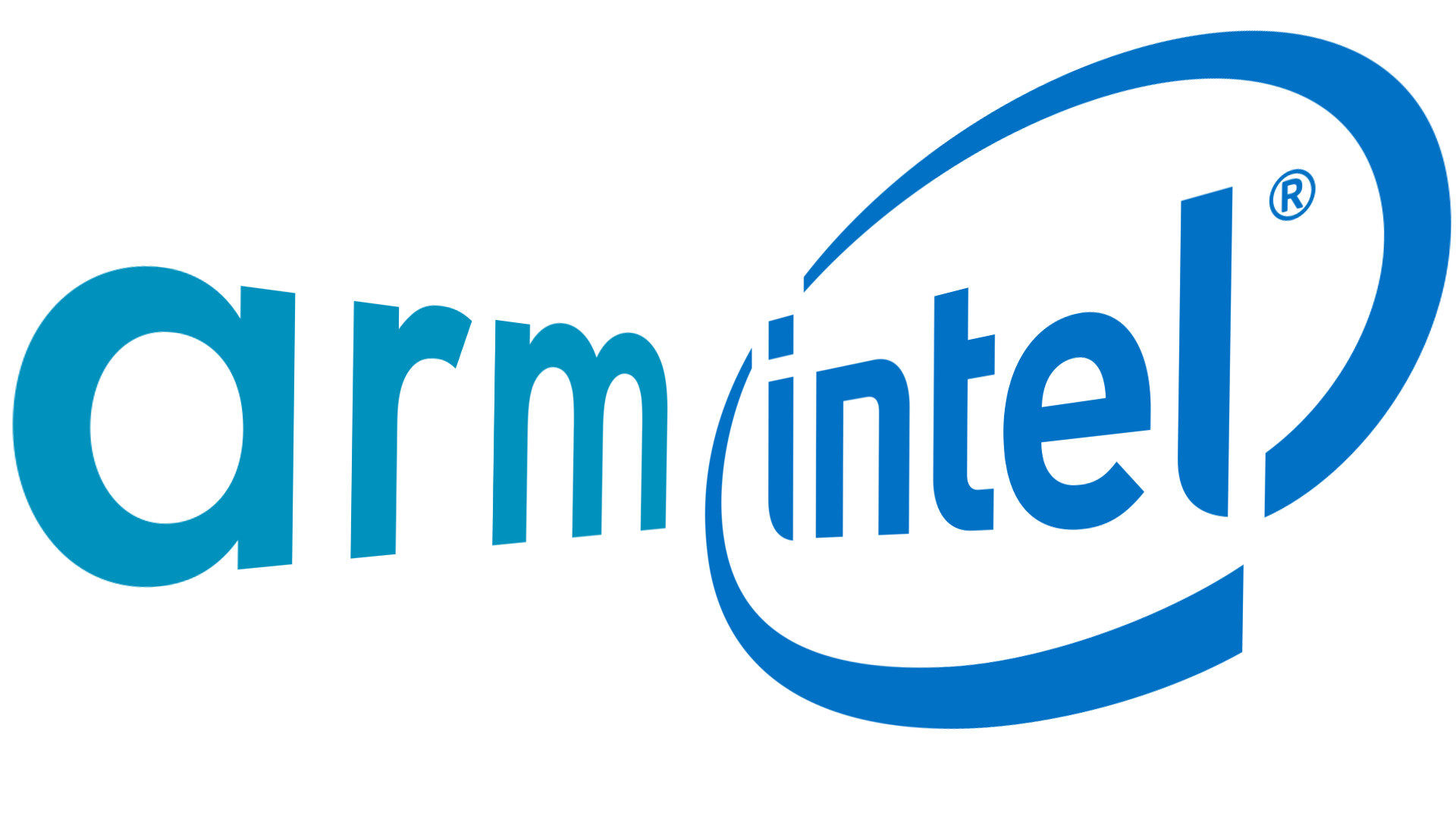
Not only have large architectural differences been an issue for Intel, but so too has the company’s manufacturing business strategy. Intel has always kept its technology close to its chest and has invested heavily in staying ahead of the curve when it comes to its foundries. ARM, on the other hand, doesn’t manufacture smartphone chips, in fact it even allows other company’s to design their own processors based on its licensed intellectual property, which can then be produced at any foundry partner.
ARM's RISC architecture turned out to be much better suited for low power mobile designs.
Furthermore, Intel’s lead in the manufacturing market has evaporated in the past couple of years. Samsung and TSMC can now match Intel’s 14nm process that it had planned for Broxton, eroding any energy or efficiency advantages that Intel had hoped to gain.
This competitive market place has given ARM based chip-makers a notable edge, as companies have been free to adapt and innovate their designs at will to suit whatever products their customers want. Chip designers can target specific market segments whenever they see an opportunity, and this competition has focused the industry into really catering for consumer needs across a very broad industry. Although this has come at a cost to profit-per-chip for the manufacturers, but ARM’s focus on POP IP has helped companies develop chips at reasonable costs.
It wasn’t exactly a lack of foresight that saw Intel miss out either, as its lower power Atom chip development began all the way back in 2004. Instead, the company was just too reluctant to move too far away from its highly profitable x86 PC chip business. For instance, Intel turned down an opportunity to design a chip for Apple’s iPhone, as the company didn’t think that the phones would sell enough to cover the development costs.
In addition, Intel sold XScale, it’s own ARM based chip developer, in 2006 for just $600 million, so that the company could focus on its own low power Atom processor. Clearly, that left Intel some way behind both in terms of power design and market reach, and the company has been unable to catch back up with ARM’s early lead.
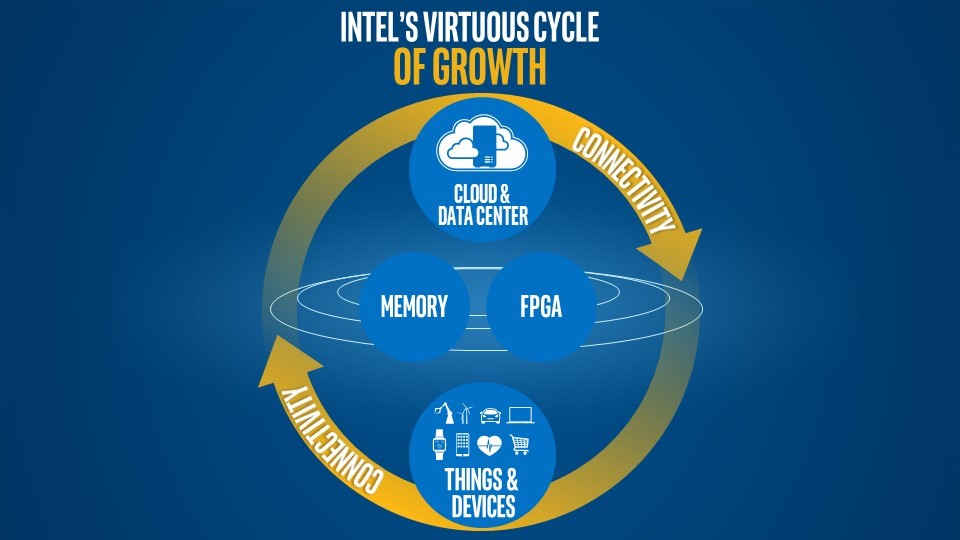
A new focus on the cloud and IoT
A revolution in Intel’s mobile fortunes has been written off with the cancellation of Broxton, but the company is planning big things for other future connected devices. As well as announcing its layoffs, Intel stated that it was looking to “accelerate its evolution from a PC company to one that powers the cloud and billions of smart, connected computing devices.”
While we may instantly think about existing internet of things ideas like smart homes the automotive market, Intel’s plans for connected computing are much more heavily focused on the capabilities of the cloud and big data. Intel already holds 99 percent of the market for computer server chips, according to IDC, so there’s certainly a link here for the company to exploit if it wants to capitalize on the growth of connected devices and big data.
“If you look at the journey the company has been on for the last several years, we’re transitioning away from being at the heart of the PC market to a company at the heart of cloud and a lot of difference devices, which the PC is one,” – Intel chief financial officer, Stacy Smith
Intel CEO Brain Krzanich echoed similar sentiments when he outlined his five core beliefs about the future of the company and how Intel will go about transforming itself from a PC company into one that powers the cloud and billions of smart devices. Here’s the list:
- The cloud is the most important trend shaping the future of the smart, connected world – and thus Intel’s future.
- The many “things” that make up the PC Client business and the Internet of Things are made much more valuable by their connection to the cloud.
- Memory and programmable solutions such as FPGAs will deliver entirely new classes of products for the data center and the Internet of Things.
- 5G will become the key technology for access to the cloud and as we move toward an always-connected world.
- Moore’s Law will continue to progress and Intel will continue to lead in delivering its true economic impact.
Having seemingly abandoned the smartphone and tablets markets this year, Intel appears very much focused on becoming the provider behind cloud data, server centers, and the connectivity that ties all of this together, rather than just producing processors for smart devices. This is a very interesting and bold decision for Intel, as the company has traditionally been a client computing business, with consumer grade CPUs accounting for huge slices of its profit. When it comes to future growth though, Intel certainly seems to be looking elsewhere.